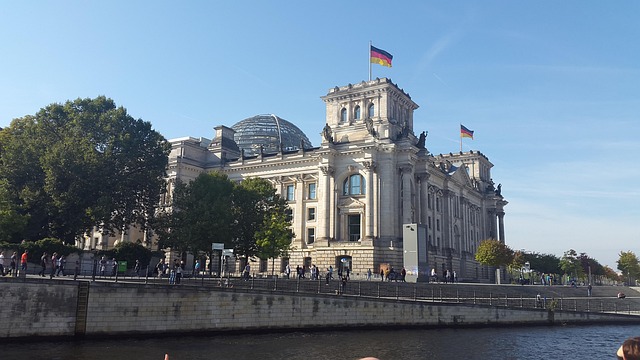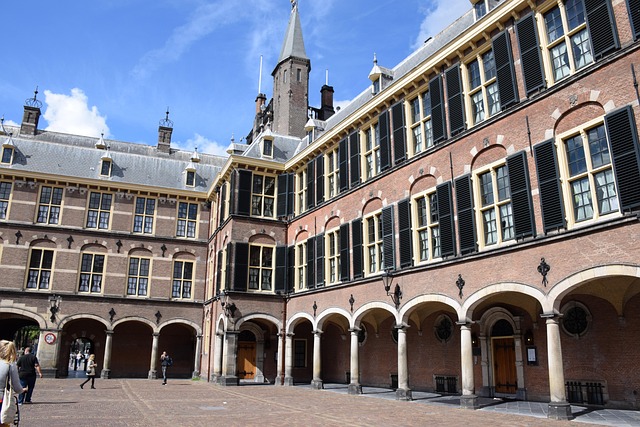
The Diary of a Subsidised Artist: Support
In the vibrant world of contemporary art, the term ‘subsidised artist’ has become an increasingly common descriptor for those who create under the benevolence of grants, funding programs, or other forms of institutional support. As an avant-garde member of this community, one might wonder about the experience of navigating the artistic landscape when much of the groundwork is laid by external financial support. This article delves into the intricacies of this experience, shedding light on what it means to be a subsidised artist in today’s art world.
The Landscape of Support
Engaging with the concept of support in the arts necessitates an understanding of what constitutes a ‘subsidy.’ At its core, financial support can come in various forms, from government grants and arts council funding to scholarships, residencies, and patronage from private foundations. This support is often intended to enhance the capacity of artists to create meaningful work, unfettered by the daily grind of commercial pressures. It creates a productive environment where creativity can flourish.
The advent of technology has enabled innovative platforms that provide a broader range of funding opportunities for artists. Crowdfunding through platforms like Kickstarter and Patreon allows artists to connect directly with their audience, transforming the traditional model of art patronage. However, while these methods offer a semblance of independence, they inherently come with their own set of challenges, often requiring artists to navigate the complex waters of marketing and audience engagement.
The Joy of Being Supported
Perhaps the most profound benefit of being a subsidised artist is the freedom it allows for experimentation and exploration. Without the looming pressure of financial instability, artists can take risks in their work, pursuing new techniques, ideas, and projects that may not have been feasible otherwise. This liberation often results in a more authentic voice, as artists are encouraged to delve into personal experiences and bold concepts that resonate deeply.
Many subsidised artists find that the support allows them to focus on their practice, refining their skills and honing their craft. The financial cushion can grant them the luxury to spend more time in the studio rather than juggling multiple part-time jobs. It can liberate them to take on larger, more ambitious projects, perhaps even leading to collaborative opportunities with fellow artists, thus enriching the art community as a whole.
The Challenge of Dependency
However, the relationship between subsidised artists and their benefactors is not without its complexities. While support can empower creativity, it can also lead to a sense of dependency that is difficult to navigate. Artists may experience pressure to produce art that aligns with the expectations of funders or institutions, occasionally compromising their vision for the sake of meeting funding criteria. This pressure can stifle authenticity and lead to a cycle of insecurity, where artists feel their value is tied directly to the funding they receive.
Moreover, the competition for grants and subsidies can foster a mindset of scarcity rather than abundance. Constantly chasing after funding can divert attention from the act of creation itself, transforming what should be a joyful process into one fraught with anxiety and stress. In this performance-driven culture, artists may feel compelled to justify their worth beyond their work, actively seeking validation from institutions rather than finding it within their practice.
A Sense of Community
Despite the challenges, many subsidised artists find a vibrant community among their peers. Residencies and workshops often foster collaboration, allowing artists to engage in stimulating dialogues that propel their work forward. These environments can provide a sense of belonging, where ideas are exchanged, and partnerships can flourish. Through networking, artists can gain the insights and support needed to navigate the often tumultuous waters of the art world.
The community aspect of being a subsidised artist also extends beyond peer relationships. Many funding bodies recognize the importance of mentorship and outreach initiatives, creating programs designed to support emerging artists. Such programs play a crucial role in nurturing the next generation of creative minds, contributing to a rich tapestry of artistic expression that reflects diverse experiences and narratives.
The Tension between Artistic Integrity and Financial Recognition
The experience of being a subsidised artist often brings forth a pressing question regarding the balance between artistic integrity and the acknowledgment that comes from financial support. How can one remain true to their artistic vision while also satisfying the demands of funders and audiences? This tension is an inherent part of the creative process and is often accentuated by the external pressures that accompany funding.
Many artists become skilled at beautifully negotiating this space; they learn to articulate their artistic practices in ways that resonate with funders while also staying rooted in their authentic vision. This duality can lead to a refined artistic voice, one that manages to straddle the line between commercial viability and genuine expression. However, this balancing act requires constant vigilance, as artists must remain conscious of their motivations and the potential influence of funding on their creative choices.
Successes and Reflections
Throughout the journey of being a subsidised artist, moments of success often arrive in waves. Exhibitions that garner attention, collaborations that yield exciting outcomes, and projects that resonate with audiences serve as poignant reminders of why many artists sought funding in the first place. The very act of creating becomes a shared celebration, highlighting the connection between artists and the wider community.
Despite these successes, it is vital for subsidised artists to reflect on their journeys, taking stock of what scholarships and funding mean for their practice. Reflective practices can foster a sense of gratitude while also illuminating the areas where growth and improvement are possible. Engaging in this self-reflection can lead to deeper insights about the role of support in one’s artistic journey, whether it inspires new trajectories or reinforces existing paths.
Conclusion: Embracing the Path
In closing, the story of a subsidised artist is rich with layers of complexity, encompassing themes of freedom, creativity, community, and challenge. Understanding this narrative requires empathy and reflection, acknowledging the nuances of artistic practice in a world that often pressures creators to fit into predefined molds. It is essential to support artists in their endeavors by fostering environments of practice that celebrate both effort and expression.
As the art world continues to evolve, so too will the frameworks supporting the creative workflow of artists. Moving forward, it is crucial that subsidised artists remain true to their voice and vision, all while navigating the waters of external financial support. The journey might be fraught with challenges, but it is also underscored by the indomitable spirit of creativity that fuels today’s artistic landscape.



